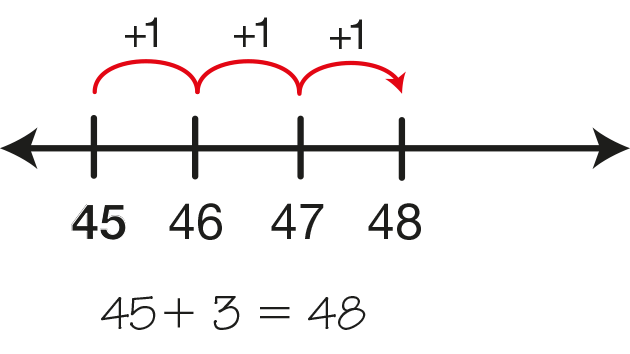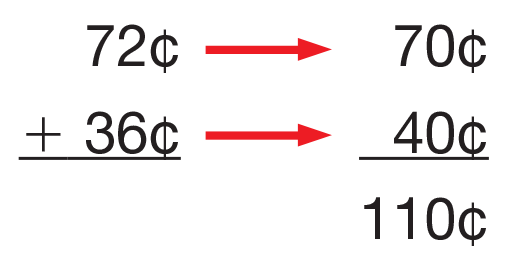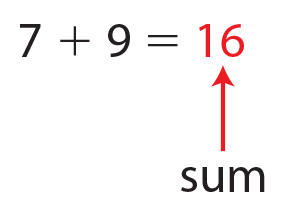Students play new versions of games introduced earlier as they continue developing mental math and paper-and-pencil strategies for solving multidigit addition and subtraction problems.
Content in this Lesson
- Using and applying place value concepts to make connections among representations of multidigit numbers using base-ten pieces, number lines, expanded form, and standard form [E1].
- Representing addition and subtraction problems using base-ten pieces and number lines [E5].
- Adding and subtracting multidigit numbers using mental math strategies (e.g., composing and decomposing numbers, counting) with base-ten pieces and number lines [E6].
- Adding and subtracting multidigit numbers using paper-and-pencil methods (e.g., expanded form, all-partials, compact) [E7].
- Choosing good tools and efficient strategies for different types of problems [MPE2].
- Checking for reasonableness by estimating sums and differences and by solving a problem two ways [MPE3].
- Using addition to check subtraction calculations [MPE4].
Assessment in this Lesson
| Assessment | Expectation Assessed | Math Practices Expectation Assessed |
|---|---|---|
|
Multidigit Addition Practice Menu Self-Check Student Activity Book Page 759 |
|
|
|
Multidigit Subtraction Practice Menu Self-Check Student Activity Book Page 769 |
|
|
|
Multidigit Addition and Subtraction Quiz with Feedback Student Activity Book Pages 777–779 |
|
|


















